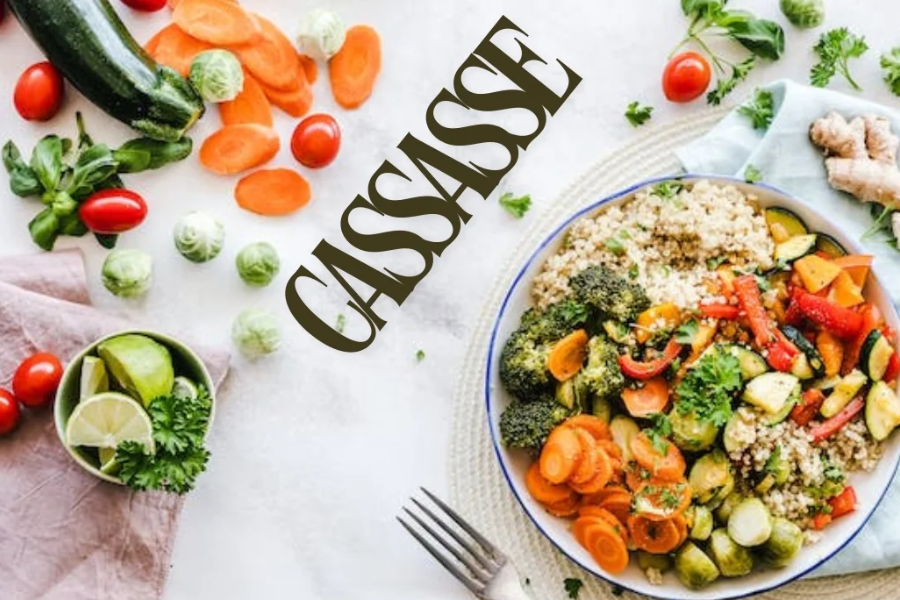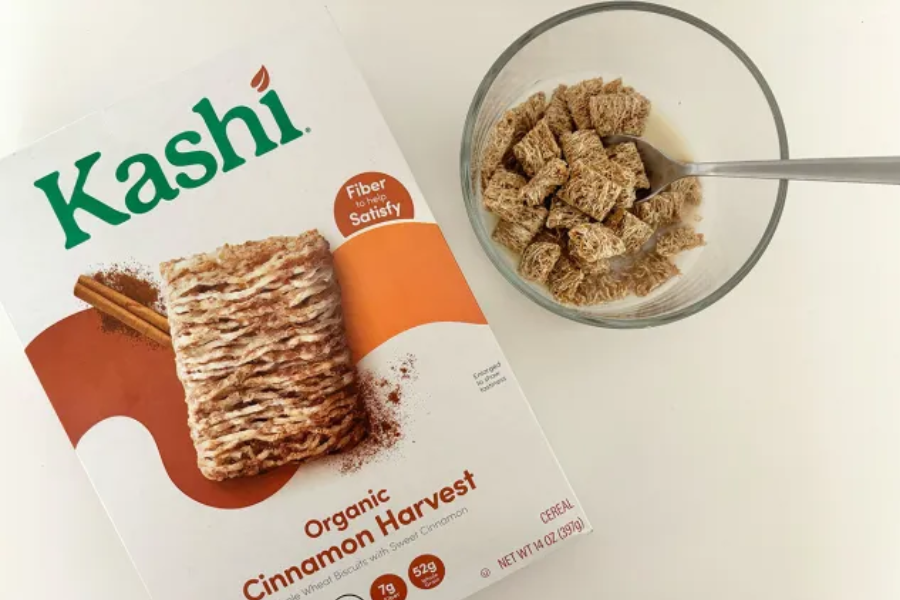The Caribbean is known for its shocking sea shores, lively culture, and tasty cooking. One dish that stands apart as a genuine demonstration of the locale’s culinary ability is Cassasse. This conventional Caribbean please is a must-pursue anybody anxious to enjoy the legitimate kinds of the islands. In this article, we will investigate the rich history, one of a kind fixings, and social meaning of Cassasse, as well as give experiences on where to track down the best Cassasse and how to make it at home.
The Historical backdrop of Cassasse:
Beginnings of Cassasse:
Cassasse has its foundations in the French-speaking Caribbean islands of Martinique and Guadeloupe. It is accepted that African slaves brought to the islands during the overseas slave exchange presented this dish. They used their customary cooking procedures and fixings to make what we presently know as Cassasse. After some time, it has developed into a dearest staple of Caribbean food.
The Impact of Native Individuals:
Before the appearance of African slaves and European colonizers, the native Arawak and Carib clans were at that point developing and utilizing the key fixings found in Cassasse. These early networks depended on root vegetables, spices, and flavors that were bountiful in their current circumstance, establishing the groundwork for the dish’s creation.
European and African Commitments:
The appearance of Europeans and African slaves brought new cooking methods and fixings, further advancing the culinary scene of the Caribbean. The combination of African, European, and native culinary practices brought forth the special and tasty dish that Cassasse is today.
The Elements of Cassasse:
Key Fixings:
The core of Cassasse lies in its fixings. Customary recipes frequently incorporate root vegetables like cassava, sweet potatoes, and yams, alongside various flavors like thyme, garlic, and allspice. Coconut milk is a typical expansion, loaning a velvety lavishness to the dish. Meat, especially pork, chicken, or fish, is likewise a focal part.
Varieties in Fixings by Area:
Every Caribbean island has its own interpretation of Cassasse, affected by neighborhood accessibility and social inclinations. For example, in Jamaica, Scotch cap peppers could add a searing kick, while in Trinidad and Tobago, the consideration of coconut milk is more normal for a more extravagant character.
Significance of New and Neighborhood Fixings:
One steady across all varieties of Cassasse is the accentuation on new, privately obtained fixings. This guarantees the best flavor as well as supports neighborhood horticulture and customs.
Conventional Readiness Strategies:
Cooking Strategies:
Cassasse is customarily pre-arranged utilizing slow-cooking strategies that permit the flavors to merge together wonderfully. This could include stewing in a pot over a wood fire, a procedure that bestows an unmistakable smoky flavor.
Apparatuses and Utensils Utilized:
Conventional apparatuses like huge iron pots and wooden blending paddles are many times utilized in the readiness of Cassasse. These instruments are gone down through ages, adding to the dish’s social importance.
Job of Local area in Arrangement:
In numerous Caribbean people group, making Cassasse is a public movement. Families and neighbors meet up to plan enormous clumps, especially during celebrations and festivities, supporting social bonds.
Cassasse Recipes:
Exemplary Cassasse Recipe:
An exemplary Cassasse recipe could incorporate the accompanying advances:
Fixings:
- 2 lbs cassava, stripped and ground
- 1 cup coconut milk
- 1 onion, cleaved
- 2 cloves of garlic, minced
- 1 tsp thyme
- 1 tsp parsley
- 1 tsp scallions
- Salt and pepper to taste
- 1 lb chicken or fish, cooked and destroyed
- Rice and beans for serving
Arrangement:
- In a huge bowl, combine as one the ground cassava, coconut milk, onion, garlic, thyme, parsley, scallions, salt, and pepper.
- In a lubed baking dish, spread portion of the cassava blend on the base.
- Layer the cooked and destroyed chicken or fish on top of the cassava blend.
- Cover the chicken or fish with the leftover cassava combination.
- Heat in the stove at 375°F for 45 minutes, or until the top is brilliant brown.
- Present with rice and beans as an afterthought.
Present day Turns on Customary Recipes:
Current culinary specialists have begun trying different things with Cassasse, adding fixings like quinoa or kale for an invigorating turn. Combination variants could incorporate components from different cooking styles, making invigorating new flavors while as yet regarding the customary roots.
Veggie lover and Vegetarian Variations:
For the individuals who incline toward plant-based eats less, Cassasse can be made veggie lover by precluding meat and involving vegetables or vegetables as the fundamental protein source. Coconut milk and a rich cluster of flavors guarantee it stays delightful and fulfilling.
Cassasse in Day to day existence:
Job in Ordinary Dinners;
Cassasse isn’t only held for unique events; it’s a staple in numerous Caribbean families. Its generous fixings make it an ideal dinner for any season of day, giving food and solace.
Celebratory and Merry Events:
During occasions and celebrations, Cassasse becomes the dominant focal point. It’s generally expected ready in enormous amounts and divided between loved ones, representing solidarity and fellowship.
Imagery and Social Importance:
Cassasse addresses something beyond food; it’s an image of social personality and legacy. Planning and sharing this dish is a way for Caribbean individuals to interface with their underlying foundations and pass customs down to people in the future.
Healthy benefit of Cassasse:
Medical advantages:
Cassasse isn’t just delightful yet in addition loaded with supplements. Root vegetables give fundamental nutrients and minerals, while the utilization of flavors can have calming and cell reinforcement properties.
Healthful Parts:
A normal serving of Cassasse is plentiful in carbs, fiber, and nutrients like An and C. The incorporation of meat or vegetables adds protein, making it a reasonable and supporting feast.
Fantasies and Realities:
There are numerous fantasies about Cassasse, for example, it being excessively weighty or undesirable. Truly, when ready with new, normal fixings, it very well may be a healthy and nutritious dish.
Cassasse Across the Caribbean:
Provincial Varieties:
From one island to another, Cassasse takes on various structures. In Haiti, it very well may be known as “Bouillon,” while in the Dominican Republic, it’s “Sancocho.” Every variety mirrors the remarkable social impacts of the area.
Remarkable Turns in Various Islands:
A few islands add their own extraordinary turns, similar to the consideration of fish in seaside districts or the utilization of tropical natural products for a sprinkle of pleasantness. These varieties feature the flexibility and versatility of Cassasse.
Fame and Social Contrasts:
While Cassasse is well known across the Caribbean, its planning and utilization can differ significantly. In certain spots, it’s a day to day staple, while in others, it’s saved for exceptional events.
The Fate of Cassasse:
Protecting Practice:
As the world turns out to be more globalized, it’s vital for save conventional dishes like Cassasse. Endeavors to report recipes and cooking methods are critical for keeping this culinary legacy alive.
Advancement and Modernization:
Simultaneously, advancement is fundamental for the proceeded with importance of Cassasse. Present day gourmet specialists are tracking down better approaches to adjust the dish, making it interesting to more youthful ages and worldwide crowds.
Impact of Worldwide Cooking Patterns:
Worldwide cooking patterns, for example, the ascent of plant-based consumes less calories, are impacting the way that Cassasse is ready and appreciated. These patterns offer chances to acquaint this conventional dish with a more extensive crowd.
Experience the Kinds of the Caribbean with Cassasse:
Cassasse is a dish that really catches the pith of Caribbean food. With its rich history and delightful fixings, it is a must-pursue anybody hoping to set out on a culinary experience in the islands. Whether you attempt it at a nearby eatery or make it at home, Cassasse makes certain to satisfy your sense of taste and leave you needing more. So whenever you’re in the Caribbean, make certain to check Cassasse out!
FAQs:
What is the primary fixing in Cassasse?
The primary fixings commonly incorporate root vegetables like sweet potatoes, cassava, and yams, alongside flavors and frequently pork or different meats.
Might Cassasse at any point be made vegetarian?
Indeed, Cassasse can be made vegetarian by utilizing vegetables or vegetables rather than meat and guaranteeing any remaining fixings are plant-based.
How has Cassasse advanced after some time?
Cassasse has advanced by consolidating fixings and strategies from different societies, including African, European, and native impacts, prompting various provincial varieties.
What makes Cassasse interesting contrasted with other Caribbean dishes?
Cassasse’s uniqueness lies in its mix of root vegetables, flavors, and common planning, mirroring a rich social legacy and flexibility across various islands.
Where might I at any point attempt legitimate Cassasse?
Credible Cassasse can be appreciated at customary Caribbean cafés, social celebrations, and once in a while through nearby families who keep on making the dish as a component of their legacy.














Leave a Reply